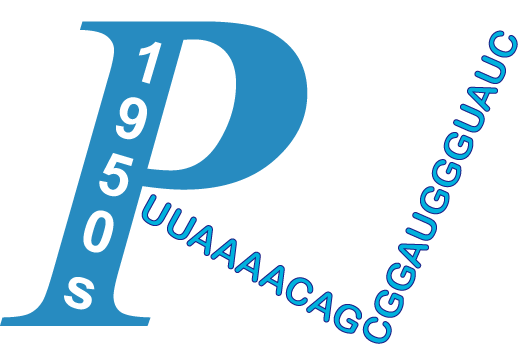| Title | Hippotherapy acute impact on heart rate variability non-linear dynamics in neurological disorders. | ||
| Author | Cabiddu, Ramona; Borghi-Silva, Audrey; Trimer, Renata; Trimer, Vitor; Ricci, Paula Angelica; Italiano Monteiro, Clara; Camargo Magalhaes Maniglia, Marcela; Silva Pereira, Ana Maria; Rodrigues das Chagas, Gustavo; Carvalho, Eliane Maria | ||
| Journal | Physiol Behav | Publication Year/Month | 2016-May |
| PMID | 26988283 | PMCID | -N/A- |
| Affiliation + expend | 1.Cardiopulmonary Physiotherapy Laboratory, Federal University of Sao Carlos, Rodovia Washington Luis, Km 235, Jardim Guanabara, 13565-905 Sao Carlos, Sao Paulo, Brazil. Electronic address: ramona.cabiddu@gmail.com. | ||
Neurological disorders are associated with autonomic dysfunction. Hippotherapy (HT) is a therapy treatment strategy that utilizes a horse in an interdisciplinary approach for the physical and mental rehabilitation of people with physical, mental and/or psychological disabilities. However, no studies have been carried out which evaluated the effects of HT on the autonomic control in these patients. Therefore, the objective of the present study was to investigate the effects of a single HT session on cardiovascular autonomic control by time domain and non-linear analysis of heart rate variability (HRV). The HRV signal was recorded continuously in twelve children affected by neurological disorders during a HT session, consisting in a 10-minute sitting position rest (P1), a 15-minute preparatory phase sitting on the horse (P2), a 15-minute HT session (P3) and a final 10-minute sitting position recovery (P4). Time domain and non-linear HRV indices, including Sample Entropy (SampEn), Lempel-Ziv Complexity (LZC) and Detrended Fluctuation Analysis (DFA), were calculated for each treatment phase. We observed that SampEn increased during P3 (SampEn=0.56+/-0.10) with respect to P1 (SampEn=0.40+/-0.14, p<0.05), while DFA decreased during P3 (DFA=1.10+/-0.10) with respect to P1 (DFA=1.26+/-0.14, p<0.05). A significant SDRR increase (p<0.05) was observed during the recovery period P4 (SDRR=50+/-30ms) with respect to the HT session period P3 (SDRR=30+/-10ms). Our results suggest that HT might benefit children with disabilities attributable to neurological disorders by eliciting an acute autonomic response during the therapy and during the recovery period.
